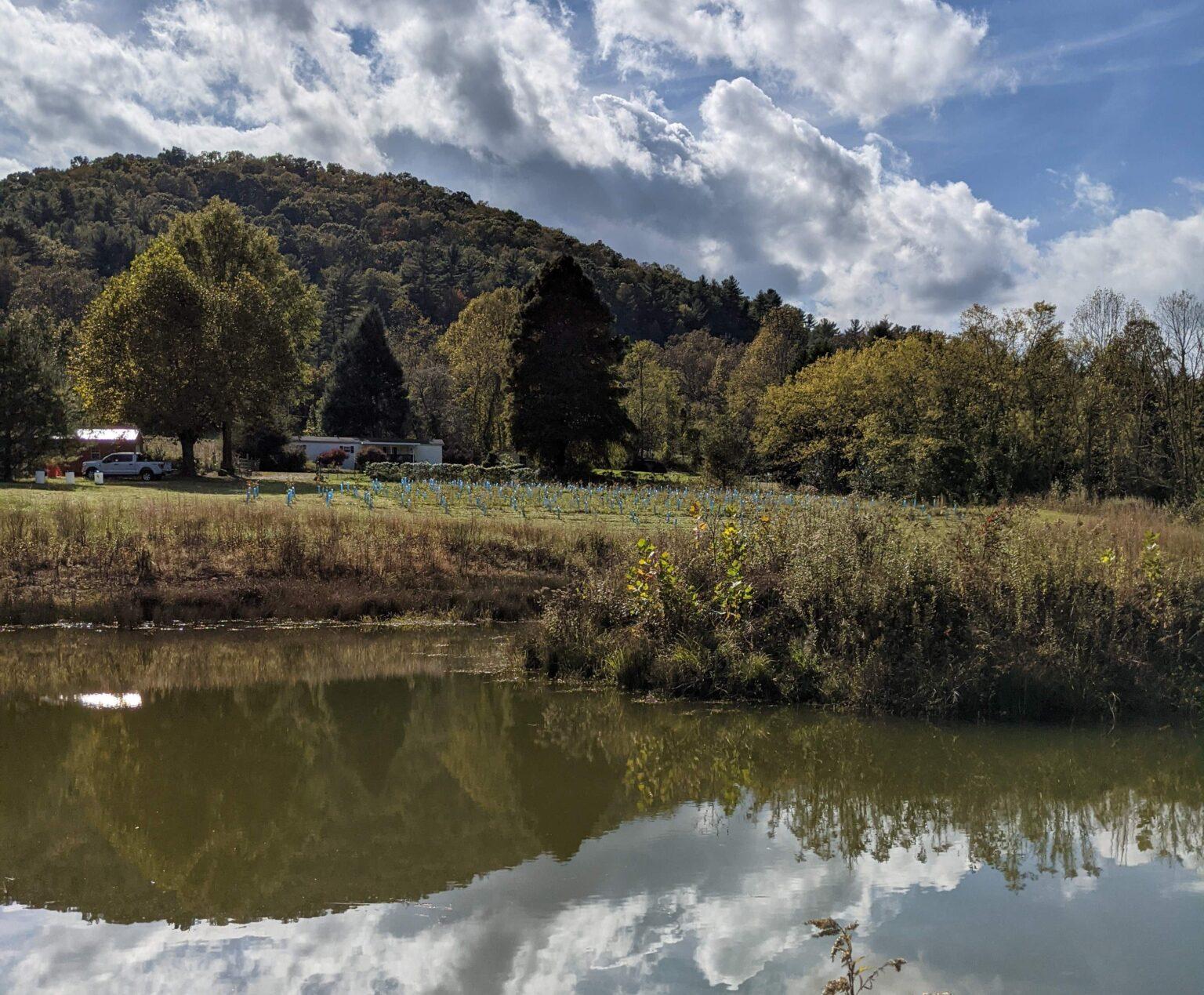Having your own backyard pond can be a source of pleasure or frustration. But the more you know, the more likely it is that you can manage a pond with little effort, and gain a source of interest and pleasure.
Let’s get the frustrations out of the way first: a pond can attract wildlife that you may not want, including racoons, bank beavers, snapping turtles, or garter snakes. A resident bank beaver recently felled a bald cypress and two corkscrew willow trees, newly planted around our pond! Snapping turtles eat pond vegetation and small fish. It may be a place where mosquitoes breed, or the water turns green and stagnant in hot weather.
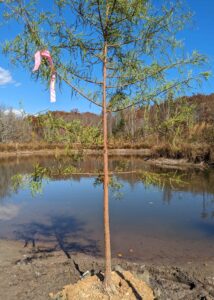
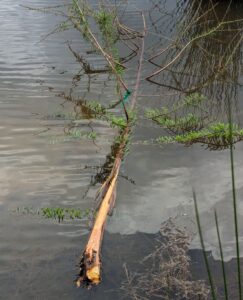
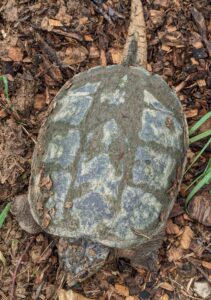
However, there are many more pros than cons to having a pond. They are a water source for wildlife. They also can be a food source for predators such as owls, ospreys, and herons. They are the homes of damselflies and dragonflies, which eat mosquitoes. If your pond has fish (and it ought to), they will control mosquito larvae as well! If it is a large pond, it can be your private fishing hole!

The Big & Short of It
Ponds come in all sizes. It can be small or fairly large. A small pond is perfect for koi and goldfish. A large pond (ours is three-quarters of an acre) can be stocked with bass, bluegills, minnows and catfish.
Our koi pond was built by cutting the top from a 275-gallon IBC tank (intermediate bulk container), used in aquaponic systems called a chop and flip. From the reservoir (the bulk of the bulk container), water is pumped into the cut-off “flipped” lid. Filled with fired clay pebbles as media, this smaller reservoir grows bacteria that convert ammonia (excreted from fish) to nitrite then nitrate, which plants can use to grow. In this system, you feed the fish, not the plants! The upper reservoir (or grow bed) is fitted with a bell siphon, that is designed to fill to the height of the internal standpipe that is determined by the working height of the grow bed. An outer “bell” sealed at the top, but with holes at its bottom creates a vacuum where nearly all the water is drained from the grow bed, providing aeration for your plant roots. You have now built an ebb and flow aquaponic system! In ours, we are experimenting with strawberry plants, but you can grow leafy greens, tomatoes, basil, cucumbers, etc. depending on what you enjoy growing and eating.
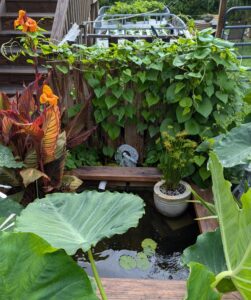


Of course, koi ponds can be made from other materials as well, such as a rubber membrane or plastic pre-formed plastic pond liner. Aerate smaller ponds with an air pump and air stone to keep the water well oxygenated. Larger pond construction requires heavy earth moving equipment and clay to line the pond.
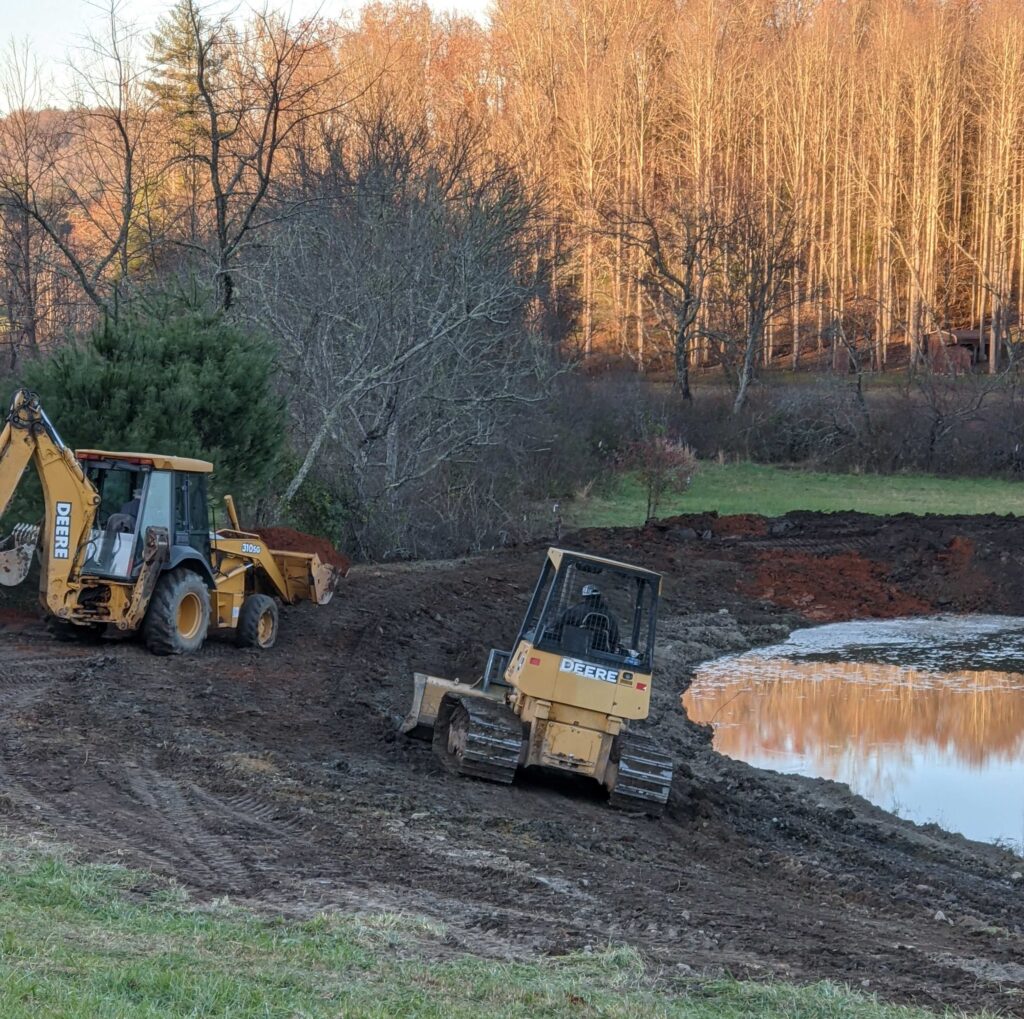


On a larger scale, stocking your pond with catfish (which are bottom feeders), bluegill and minnows (sources of food for largemouth bass) and largemouth bass, you create a healthy environment that controls insect larvae (such as mosquitoes), and by including some aquatic plants, you can control algal growth. Aquatic plants that you may choose to grow include water lilies, water lettuce, water hyacinth and pennywort, to name a few. These plants cover the water surface, effectively shading algae and controlling its growth.
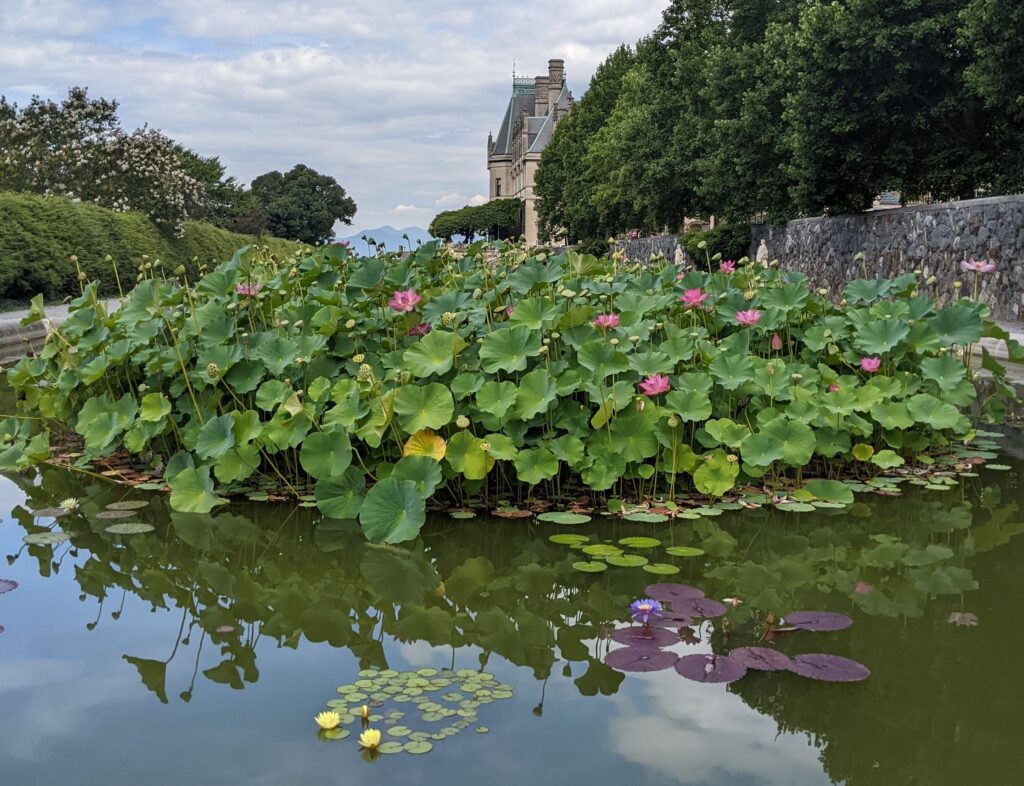
Keeping ponds well-aerated helps to keep fish healthy and also helps with microbial digestion of organic wastes. In larger ponds, a product such as Aqua-T, a blend of naturally-occurring bacteria, may be used to clarify water and eliminate pond odors. The basics of pond management have its underpinning in a healthy functioning aquatic system. Plants provide protection from avian predators, shade to protect from moderate swings in water temperatures, and help produce oxygen. Fish provide nitrogen (as ammonia), which is a source for plant growth. Bacteria are critical to converting ammonia to a plant available form of nitrogen (nitrate).
Ponds can be a source of pleasure and education. Understanding the interrelationships within a pond can lead to success! They change with each season, taking on different characteristics over time. You just need to provide a few basics, then watch it grow.
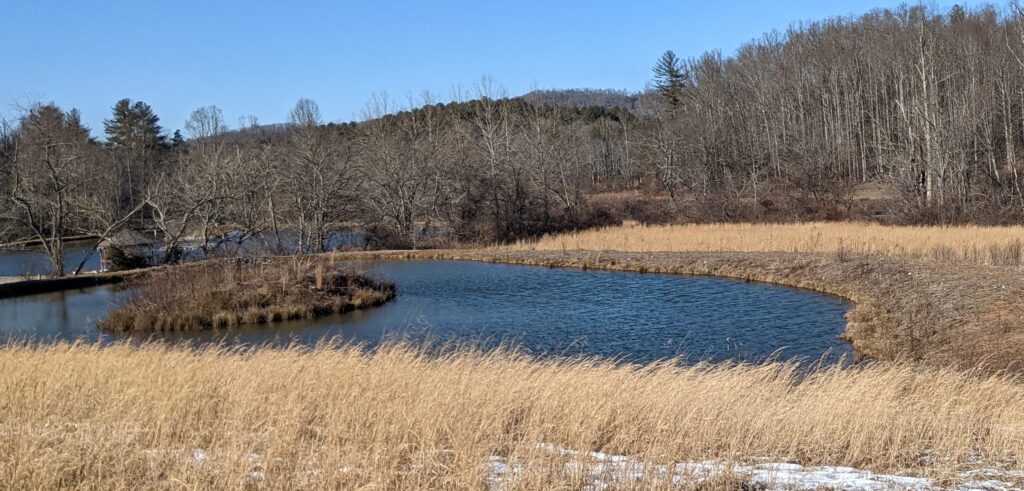
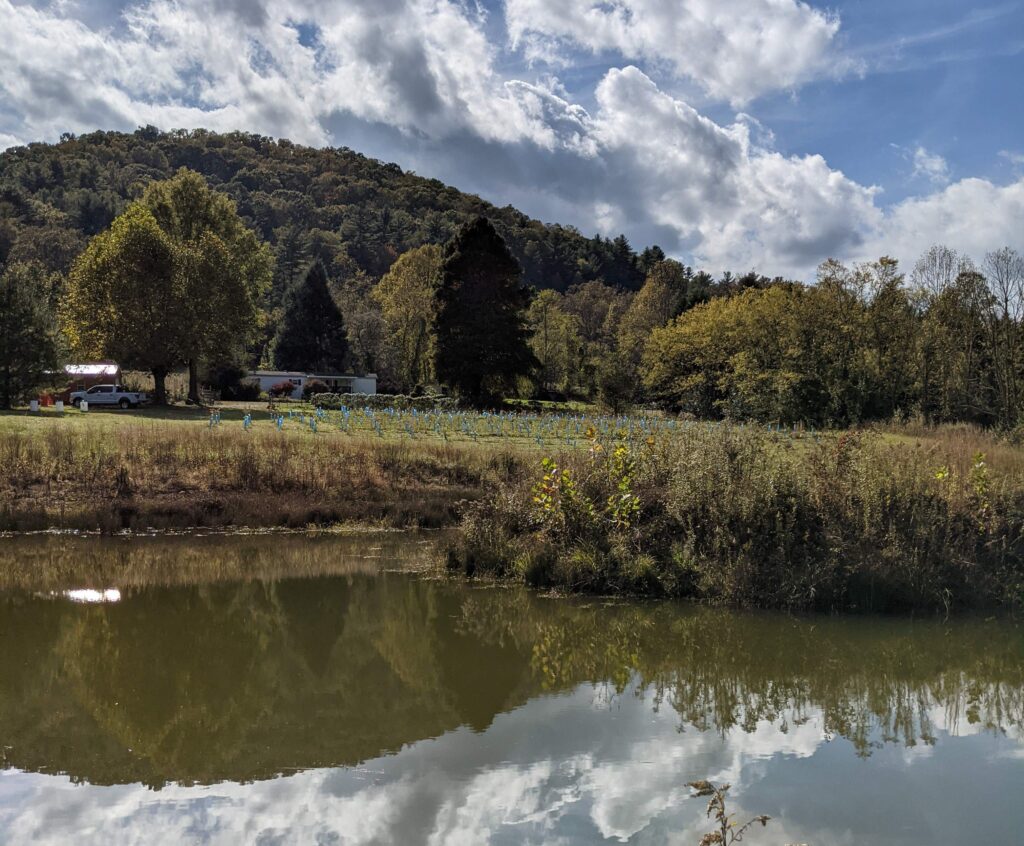
In the next blog, we’ll ponder fall gardening chores!
~ Signing off for now, Joe

